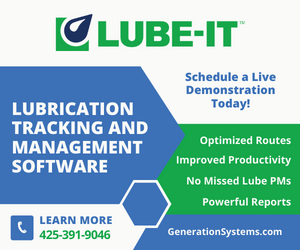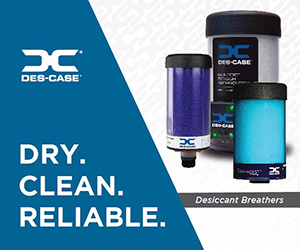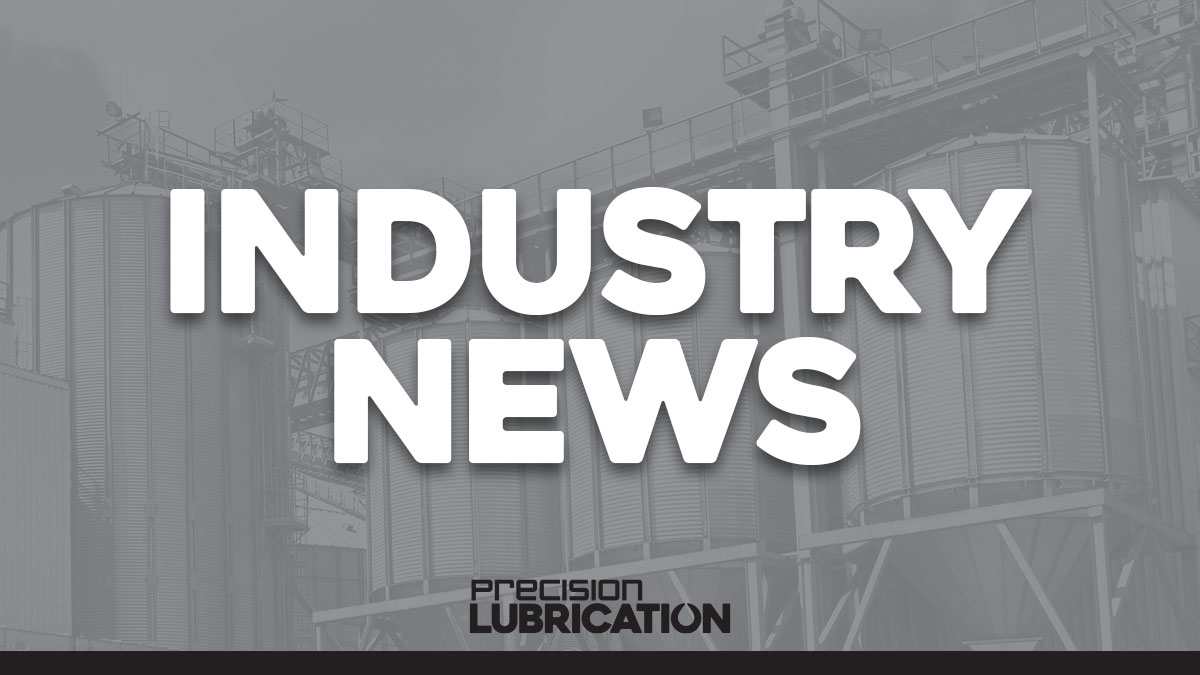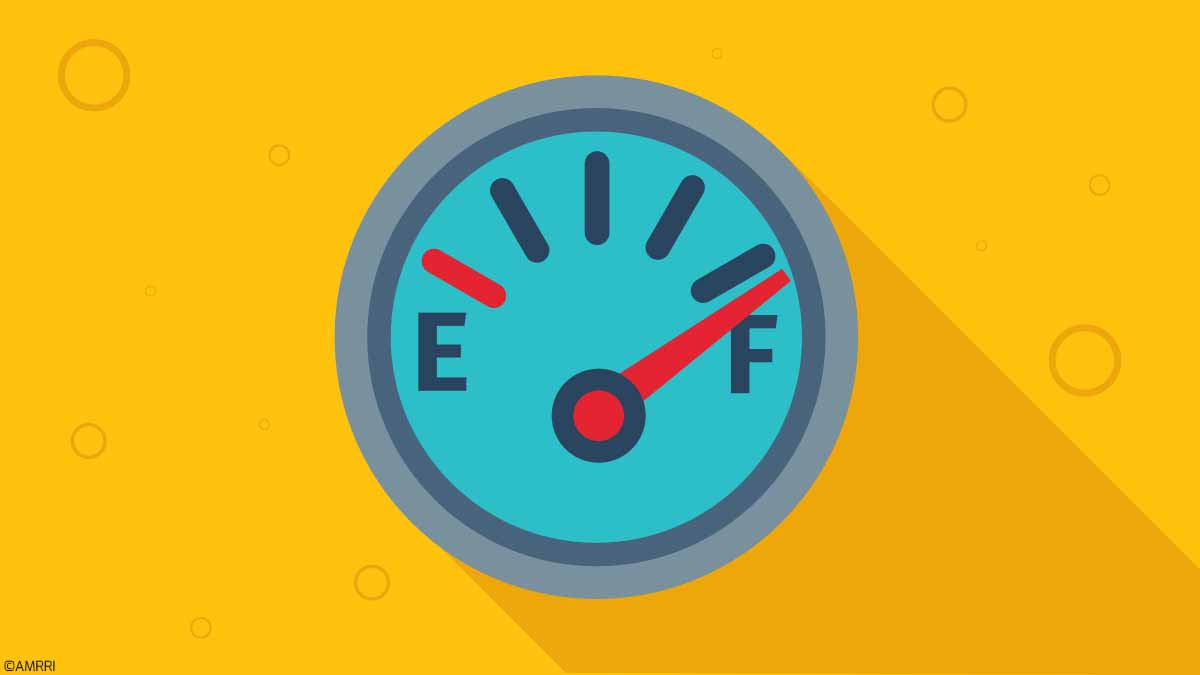Much of my company’s business is conducting reliability assessments and providing our clients with findings and recommendations for improving their reliability efforts.
With over 40 years of experience with equipment and its reliability, I can say, without a doubt, that lubrication is the most significant opportunity to improve reliability at any organization.
This is usually driven by a lack of knowledge and understanding of how much lubrication impacts reliability. It is the lifeblood of the equipment, and before you spend your money anywhere else, you need to get this right.
Ironically, this usually does not cost much money, and the return on investment (ROI) is significant. The average internal rate of return (IRR) on a lubrication project is well over 100%, with a net present value (NPV) in the millions.
How Many Companies Get It Wrong
Sadly, most organizations are misled by consultants, lubricant suppliers, and original equipment manufacturers (OEM) on what reliability is. These unqualified consultants and OEMs recommend costly technology additions that have no chance of improving reliability.
Lubricant providers have no qualification to perform a survey or assist in your program. There is no such thing as free; falling for this is a fatal error many plants make. The propensity to use tech and call it reliability is factually wrong.
No technology will provide reliability. All that technology can do is monitor how bad the organization is at its job.
Stop playing video games and start doing the hard work to achieve actual results.
So, what is hard work? I like to refer to it as block and tackling. I use this to depict proper lubrication, contamination control, and proper installation. These are the only three things that cause unreliability, so addressing them is how you obtain a reliable plant.
To further use the imaginary, it does not matter how much you spend on a quarterback if the line cannot block. This is evident across the NFL. You can buy a great running back, but if your defense cannot tackle, you will not win. That is why professional players and Hall of Fame coaches say defense wins championships.
So, if you are not properly lubricating, all your expensive technology will tell you is that you are not lubricating properly. So spending money on useless tech will never lead to winning.
The Most Common Findings from Assessments
The top finding in most assessments is that companies are not storing their lubricants correctly. When I say that most companies think this starts at their site, that is incorrect.
You are already behind the curve if you begin your lubrication program when it hits your site. Who and where your lubricants are coming from is where it starts. Assuming that the supplier understands lubricants is a big mistake. Most suppliers do not have a clue about lubricants and how they impact reliability.
Never believe your lubricant supplier has any expertise or assume they have your plant reliability in mind. They solely have their sales and own agenda in mind. So, the lubrication program starts with your supplier and follows the chain of custody to your site.
Once the lubricant reaches your site, you have a lot of work to do. Most new oil is dirtier than what your equipment can use.
In addition, a UL study found that 1 out of 6 quarts of oil sold was the wrong viscosity. So, assuming that the supplier got it right, even after you have vetted them and their chain of custody, trusting the viscosity is correct is another failure.
When lubricants arrive, the site must verify the products and filter the oil to their standards. Proper storage of lubricants in a climate-controlled room at 70 degrees Fahrenheit, 41% humidity, and the air filtered to a level consistent with the desired ISO cleanliness is the definition of proper storage. There must be measures to monitor and maintain these cleanliness levels and audits to verify them.
Once you have ensured the supplier is doing their part and have a proper storage room, you will also need appropriately trained personnel to manage and execute the program.
The best option for this training is to reach out to the International Council for Machinery Lubrication (ICML) to identify their verified training partners and to adhere to the established ICML standards.
Several organizations are qualified to perform this training and assist in the certification process, but only some of these are led by the top qualified Machinery Lubrication Engineer (MLE). I recommend looking for the best to ensure you get the desired result.
Depending on your team’s tasks, the Machinery Lubrication Technician (MLT) level 1 and/or Machinery Lubrication Analysis (MLA) level 1 are the best places to start. For your program leader, I would require additional training as Machinery Lubrication Technician (MLT) level 2 and Machinery Lubrication Engineer (MLE).
Once you have achieved the items above, the next hurdle to tackle is handling and delivery of the lubricants from the storage room to the equipment. This is a precise process that requires onsite determination.
The critical element is the process to accomplish this and the resources necessary to achieve it. Some basic equipment modification is needed to ensure contamination control and prevent dispensing the wrong lubricants into the wrong location.
Gone are the days of the old coffee can, open bucket, or other poor lubricant handling methods. Investing in proper containers and dedicating those containers to specific lubricants is vital to success.
Another aspect of handling and delivering is properly labeling the lubricated points. This increases the chance that correct lubricants end up in the right place.
Remember to use a system for labeling that allows not just for color but shape to assist technicians that may be color blind. Properly labeling the entire chain of custody on site will improve your efforts towards reliability.
Implementing a proper sampling program will ensure you meet the cleanliness and other important aspects of the lifeblood of your equipment. Like the doctor taking your blood to identify issues, sampling is a proactive method of stopping failures. Remember following the proper sampling procedures is a must to ensure you get an accurate picture of equipment health.
If you are doing the right things for your equipment lubrication, you will see a significant step change in your reliability. It is that simple and does not require fancy technology or a lot of money to accomplish. You just need to roll up your sleeves.









